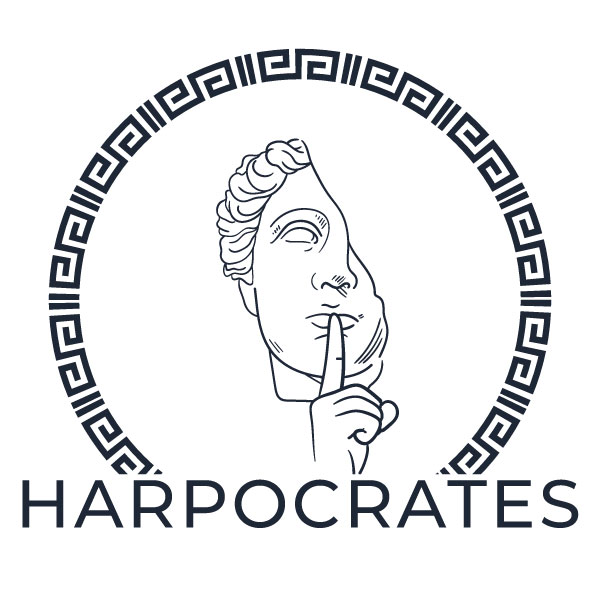Demonstrator 2: Collaborative use of Machine Learning in Sleep Medicine
Partners: Three sleep medicine centers from three different countries (Charite University Hospital in Germany, Kuopio University Hospital in Finland and Hospital de Dieu from France) will be involved in this demonstrator. The technical development will be supported by the medical informatics team from the University Hospital of Gottingen Germany.
Problem Description:
Machine and deep learning-related research have gained great interest during the last years in the eld of sleep medicine. Research projects utilising these methods need to exploit a huge amount of clinically sensitive data. This raises several issues, such as the openness of research, privacy concerns, and security of data, and the importance to nd a balance between them. Currently, research projects are supposed to follow the FAIR data principles (findable, accessible, interoperable,and reusable) and the recent European Commission’s General Data Protection Regulation (GDPR,2016/679). However, following the GDPR hinders the implementation of FAIR and makes data sharing between clinical or research institutions highly difficult, especially in the case of retrospective data.
Ideally, data sharing should contain three steps: (1) data encryption, (2) data sharing with secured platforms, and (3) secure data storage. However, data encryption has not received the attention it deserves albeit being one of the key elements: if for any reason the two other steps fail, data encryption ensures that the data is still protected and identification of individuals is not possible. Thus, having sophisticated and validated data encryption algorithms available would be highly valuable for the whole research community. Additionally, performing complex analytics and machine learning operations on the encrypted data is also desired to facilitate the joint exploitation of this securely shared data.
Planned demonstrator application:
The demonstrator will utilise data consisting of sleep recordings (i.e., electroencephalography, electrooculography, electromyography, breathing signals, oximetry signals, snoring (audio), sleeping position, respiratory effort, and possibly the nocturnal video recording), patient medical records and questionnaires related to sleep disorders in text format (word, excel,etc.), collected within the H2020 SLEEPREVOLUTION project. The aim of the demonstrator is to illustrate that after the encryption the sleep recordings can be handled and analysed similarly (using complex analytics and ML techniques) to the non-encrypted data. It is necessary that the solution can be used regardless of the sleep recording software or device used to analyse or collect the data. Encryption should be possible also regardless of the number or quality of signals in sleep recordings. The solution should include a user-friendly user interface and be readily usable in the clinical (operational) environment by clinical practitioners.
